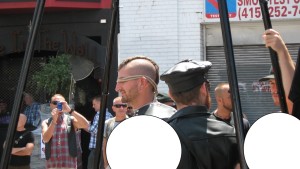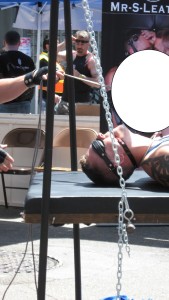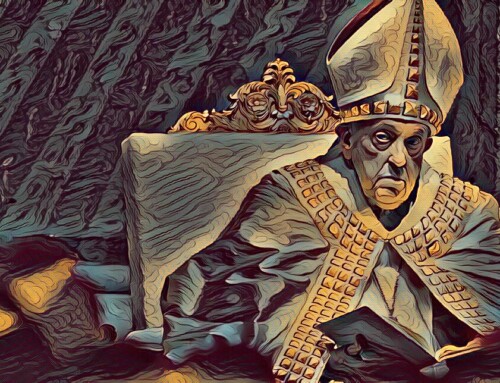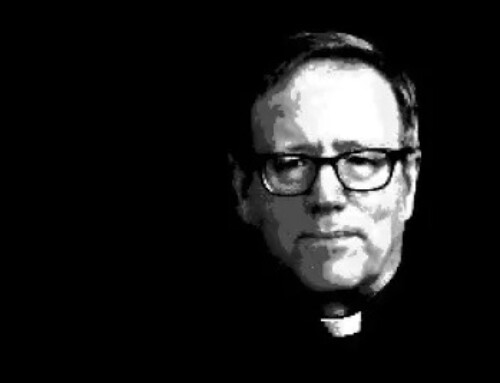
The photos above – I took at the recent 2015 Dore Alley Street Fair in San Francisco. Along with Gay Pride in June, the Folsom Street Fair in September, and the Castro Street Fair in October, Dore Alley is one of the major highlights on the San Francisco gay calendar. The first time I attended the Dore Fair was back in 1988, I was 19, had been in the lifestyle for a few months, slept with about a dozen men, was already getting bored with what was going on at the clubs and in the bathhouses – so I longed for something different; something as of yet unexplored. That day, I spent most of it in a semi-astonished stupor. It was not the openness of the sex acts on display that surprised me, as I witnessed all sorts of astonishing physical variations and positions while simply visiting the public restrooms, during my first week out of the closet, at a popular gay bar in the Castro; no, what made these sights so shocking was the willingness of gay men to push perversity to the extreme: on one corner was a long line of guys waiting their turn to fellate an extremely handsome and well-endowed man; on the other side of the street, stood a masked man urinating into the open mouth of another; the most pathetic sight – a man beyond middle age who laid down on the sidewalk, spread-e agle, waiting for anyone to copulate or mount him; no one did.
agle, waiting for anyone to copulate or mount him; no one did.
Many things could explain this sort of behavior: various studies have found that large numbers of gay men were sexually abused as children with rates ranging from 15% – 50%; with one study settling on the average frequency of 27%; in this case, the recreation of the abuse, often at its most violent and sadistic point, becomes a subconscious way in which the cruelty becomes normalized.1. For instance – as the perennially scrawny effeminate boy in school, one day, a group of other boys set upon me: they beat me up while shouting out all forms of anti-gay slurs. Newly into the gay scene: I very quickly gained a penchant for rough sex accompanied by verbal abuse. At the time, I wasn’t connecting the two.
Another possible source for this propensity towards deviancy is the often flawed or altogether failed father-son relationship between gay men and their dads; in general, studies have consistently found that “…homosexual men recalled their fathers as more rejecting and less loving than…heterosexual men.”2. This “father wound” or perceived rejection by the first and primary male in the life of a boy can be incredibly devastating to some; especially if there is concurrently peer harassment and or unacceptance from other males their own age. I saw this symptomatic reaction almost everywhere in gay culture: in the great number of gay couples where there was often an odd age differential between partners; in the idolization of hyper-masculine blue-collar workers epitomized in the caricaturized macho-men of The Village People; and in the great quantity and variety of so called gay “daddy” porn. Rather instinctively, but tragically, gay men search out male affection and affirmation as a means to lessen the sorrow of never getting that same love and encouragement from their fathers or their boyhood schoolmates. This drive often reaches irrational proportions, symbolized, in my era, by the wispy Matthew Shepard who inconceivably leaves a bar in the middle of the night with a group of roughneck strangers. Then, on the streets of Dore Alley, we witness the same scenario played out in the public arena.
Yet, amidst this squalor, there is still good; St. Augustine explained how often men become lost in the course of their search for happiness: “You were within me, and I was in the world outside myself. I searched for you outside myself and, disfigured as I was, I fell upon the lovely things of your creation. You were with me, but I was not with you.” In other words, as a boy – the need and the desire for our father’s love and for male affirmation was a good thing, but when we are hurt or we do not receive it, which Augustine describes as becoming “disfigured,” things quickly turn out “disordered” within us and the originally healthy desire gets twisted and warped; as a result, we are immediately mesmerized by the captivating things of this world which merely substitute for that which we truly need.3. But, inescapably these surrogates prove false and ultimately shallow: then, the gay male quest for masculine solidity and protection collapses into self-destructive promiscuity and the unavoidable reality of despair and disease.4.
Our only out? St. Augustine wrote: “…it is by continence that we are made as one and regain that unity of self which we lost by falling apart in the search for a variety of pleasures.” In the gay lifestyle, there exists a remarkable amount of fracturing within individuals – a decided distance between what is stated and what is; in my own life, I saw this dichotomy in the so-called happily coupled gays who curiously slept around, but still insisted that they were monogamous; this contradiction is also evident in the numerous postings on gay dating and hook-up boards that chase and simultaneously admire “straight-only” and “no-fem” “f*** buddies.” Here, there is the unintentional recognition of how things should be (I want to be in a faithful married relationship and I want to be heterosexual) and the distinct endurance of the dysfunction. Regrettably this phenomenon is also prevalent in those who insist that they embrace chastity while holding onto the gay moniker. But only by fully denying that disordered part of ourselves can we be healed and become one; that means the hurt little boy who felt abused, rejected and unloved and the adult who sought out gay sex as anesthetic for the pain must meet once and for all.
In “The Diary of Divine Mercy,” the imagery is remarkably similar to the near poetic verse of St. Augustine who recounts how: “You were within me, and I was in the world outside myself.” To St. Faustina, Our Lord said: “I pursue sinners along all their paths…” It is in this divine union between our broken self and God that we encounter restorative unity; and, in becoming a child again – even in returning to that “disfigured” and “disordered” boy, does Christ truly find us humbled and willing to Trust: “…I will be with you always, if you always remain a little child and fear nothing. As I was your beginning here, so I will also be your end.”
1. The prevalence of CSA was reported in all studies, ranging from 15% in two studies of 608 MSM recruited from Atlanta (Kalichman et al., 2004) and 456 MSM recruited from New York (O’Leary et al., 2003) to 50% in a study of 110 MSM recruited from San Francisco (Díaz et al., 1999). Overall, 27.3% (n = 4,263) of the participants in all included studies reported a CSA history.
HIV Risk among Men who have Sex with Men who have Experienced Childhood Sexual Abuse: Systematic Review and Meta-Analysis
Shane Lloyd and Don Operario
AIDS Education and Prevention, 24(3), 228–241, 2012
© 2012 The Guilford Press
2. “Recollections of their fathers by homosexual and heterosexual men.”
Phelan JE
Psychol Rep. 1996 Dec;79(3 Pt 1):1027-34.
3. CCC #2358 “The number of men and women who have deep-seated homosexual tendencies is not negligible. This inclination, which is objectively disordered, constitutes for most of them a trial. They must be accepted with respect, compassion, and sensitivity. Every sign of unjust discrimination in their regard should be avoided. These persons are called to fulfill God’s will in their lives and, if they are Christians, to unite to the sacrifice of the Lord’s Cross the difficulties they may encounter from their condition.”
4. “MSM reported more sex partners in the past year than MSW; 29.1% of MSM and 8.7% of MSW reported 4 or more partners.”
“Men Who Have Sex With Men Have a 140-Fold Higher Risk for Newly Diagnosed HIV and Syphilis Compared With Heterosexual Men in New York City”
Preeti Pathela, DrPH, MPH, Sarah L. Braunstein, PhD, MPH, Julia A. Schillinger, MD, MSc, Colin Shepard, MD, Monica Sweeney, MD, MPH, and Susan Blank, MD, MPH
Acquir Immune Defic Syndr Volume 58, Number 4, December 1, 2011





How did you survive? It's a miracle of grace that you came through all of that. What you witnessed is claimed to be an aberration in so far as 'gays don't do that stuff anymore'. It's an effort to sanitize the image. But you show the other side – behind the facade.
Stay the course.
Thank you, Joseph. I read everything you post, don't always comment. Thank you for always bringing it back to healing and hope, especially in the Divine Mercy.